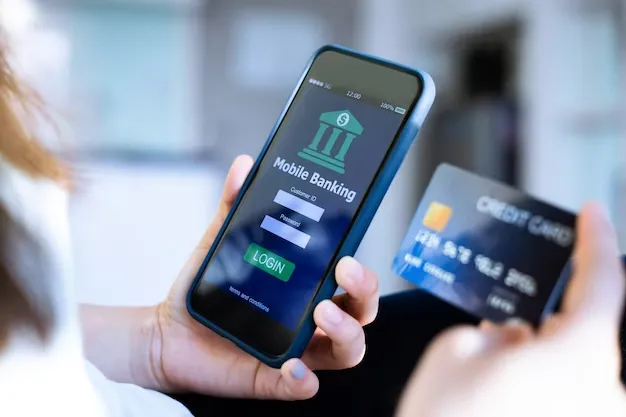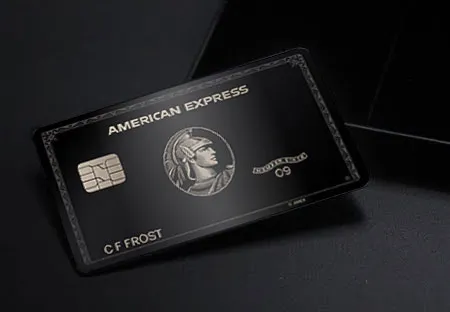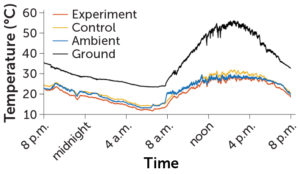
I still remember the day I landed in the United States. I was standing at the airport with two suitcases, broken English, and a heart full of dreams. Coming from Brazil, I knew life wouldn’t be easy here, but I believed in something deeper: that I could build a new future through my own effort. I didn’t come with a perfect résumé or fluent English. What I brought with me was hunger to grow, willingness to work hard, and the courage to start from zero. While most people around me looked at the American Dream as something distant, I looked at it as my next goal. Every odd job, every misunderstanding due to language, every late bus to work—it was all part of the path. I wasn’t afraid of starting small. I was afraid of staying small. That’s what pushed me forward when I got my first real opportunity: an apprenticeship at a local bank.
Walking into that bank on my first day was like entering a new world. Everything was different from what I knew. The systems, the terminology, even the way people handled their money—it all felt foreign. But instead of letting it overwhelm me, I turned every task into a learning opportunity. As a banking apprentice, I wasn’t dealing with large accounts or high-net-worth clients. I was handling deposits, helping with account openings, answering questions no one else wanted to explain. And yet, I paid attention. I watched how the senior bankers talked about credit. I listened when clients complained about their interest rates or asked why their credit scores dropped. I started asking myself: why don’t more people understand how powerful their credit can be? That question stayed with me. It started growing inside me like a quiet whisper, telling me that maybe my purpose wasn’t just in processing transactions—but in transforming the way people relate to money.
The more I observed, the more patterns I began to see. I noticed how people from all walks of life—teachers, entrepreneurs, immigrants like me—were misusing their credit cards not out of recklessness, but out of confusion. They didn’t know about points, travel rewards, or how one late payment could affect them for years. I saw clients pay hundreds in interest simply because no one had ever shown them a better way. I also saw colleagues with impressive titles who didn’t understand the power of high-tier credit strategies. That’s when something clicked. I realized I didn’t need to wait ten years to make a difference. I didn’t have to become a senior manager in the bank to add value. I could start helping people right then, one conversation at a time. That decision changed everything. It was the beginning of my transition from being a silent observer behind the counter… to becoming a voice of clarity in a world full of financial noise.
One afternoon, I was helping a client who had just been approved for a credit card with a $500 limit. She looked disappointed, almost embarrassed. “Why is it so low?” she asked me. I explained how her score, payment history, and income all played a role. But more than that, I explained what she could do about it—how to build her credit step by step, how to ask for increases, how to time her payments just right. She looked at me like I had just shared a secret no one had ever told her. And that’s when it hit me: I wasn’t just giving financial advice—I was empowering someone. I realized that this was more than a job for me. I had knowledge that could unlock real opportunity for people who’d been left out of the financial conversation for too long. I didn’t want to keep that power behind a desk anymore. That day, I walked out of the bank and decided to build something of my own. I was going to become a credit card consultant, and I was going to do it on my terms.
Starting out wasn’t glamorous. I didn’t have a big office or a fancy logo. What I had was a laptop, a phone, and a deep desire to make an impact. I poured myself into education—studying credit structures, learning about rewards programs, reading every fine print from major card issuers like Amex, Chase, and Capital One. I took courses in financial coaching, studied consumer behavior, and worked on certifications to gain trust in the market. My first clients were friends, then friends of friends, then referrals. I didn’t market myself as a financial advisor—I was the one you called when you wanted to turn your credit card into a wealth-building tool. And it worked. Slowly, I built a client base. People started to see results: higher limits, better cards, travel perks, and most importantly—control. They weren’t afraid of their credit anymore. They were using it to travel, to invest, to save money. That was my biggest reward.
What surprised me most was how unaware most people were of what credit could actually do for them. I met clients with six-figure incomes still using debit cards for everything. I met moms who’d been paying interest on store cards for years without realizing they had better options. So I made it my mission to bring clarity and confidence to the way people used credit. I taught them how to stack rewards, how to qualify for travel cards, how to transfer points and maximize welcome bonuses. I helped them get out of toxic debt and into smart spending strategies. One of my clients, a single dad, went from paying $1800 in interest a year to earning enough in card benefits to fund a summer vacation with his kids. That’s when I knew: this wasn’t just consulting. This was transformation. I wasn’t selling credit—I was selling freedom. And every time I saw someone take that power back, it reminded me why I left the bank in the first place.
After working with hundreds of clients from all over the country, one truth became clear to me: the right credit card can unlock experiences, savings, and opportunities that most people don’t even know exist. So many Americans are stuck with cards that give them nothing in return—no points, no protection, no perks—while others are silently earning thousands of dollars in rewards every year just by using the right tools. That’s why, in every consultation, I share a golden rule: treat your credit card like a financial partner, not just a payment method. And if you’re in a position to qualify for high-income cards, the benefits can be life-changing. Here are the three cards I recommend the most—and the exact reasons why they work. These aren’t just credit cards. They’re powerful financial instruments when used the right way.
The Platinum Card® from American Express is what I call the “luxury traveler’s best friend.” It’s not for everyday grocery shopping, but if you fly often, it changes the game. I’ve had clients who saved over $5,000 in airport lounge access alone in a year. With this card, you get access to over 1,400 VIP lounges worldwide—including Centurion Lounges, which are like five-star hotel lobbies inside airports. You also receive a $200 annual hotel credit, $200 Uber credit, statement credits for TSA PreCheck or Global Entry, and elite status with Hilton and Marriott. And here’s the secret: if you know how to stack these perks, you easily get back more than the annual fee. I teach my clients how to do just that. This card is not just about prestige—it’s about making your money go further when you travel, protect your purchases, and elevate your lifestyle through strategic use.
Chase Sapphire Reserve® is my go-to for clients who want flexibility with rewards but still enjoy premium benefits. What I love about this card is how simple and generous the point system is. You get 3x points on dining and travel, and every point can be transferred to top airline and hotel programs like United, Hyatt, and Southwest. You also get $300 in annual travel credit, which kicks in automatically. No hoops to jump through. Add in the Priority Pass Select membership for airport lounge access, trip cancellation insurance, rental car coverage, and zero foreign transaction fees—and you’ve got one of the best travel cards in the U.S. One of my clients paid for her honeymoon flights entirely with Chase points she earned just by using this card for her everyday expenses. That’s the kind of smart, intentional spending I love to teach. When your card works for you like this, it’s not a cost—it’s an asset.
Capital One Venture X Rewards Credit Card is what I recommend when someone wants great travel rewards but doesn’t want to overthink categories and bonuses. This card gives you 2x miles on every purchase, no matter what you buy. That’s a huge win for busy professionals who just want consistency. Plus, you earn 10x miles on hotels and 5x on flights booked through Capital One Travel. You also get a $300 travel credit and 10,000 bonus miles every anniversary—which alone can be worth around $100 to $150. Clients also love the simplicity: it’s straightforward, powerful, and packed with value. And yes, it includes lounge access and no foreign transaction fees. One of my clients used Venture X to cover almost all his flights for business trips last year—and with the rewards, he booked a surprise family trip to Hawaii. That’s the power of the right card in the right hands. It’s not about spending more. It’s about using what you already spend to build memories, reduce stress, and create real returns.











